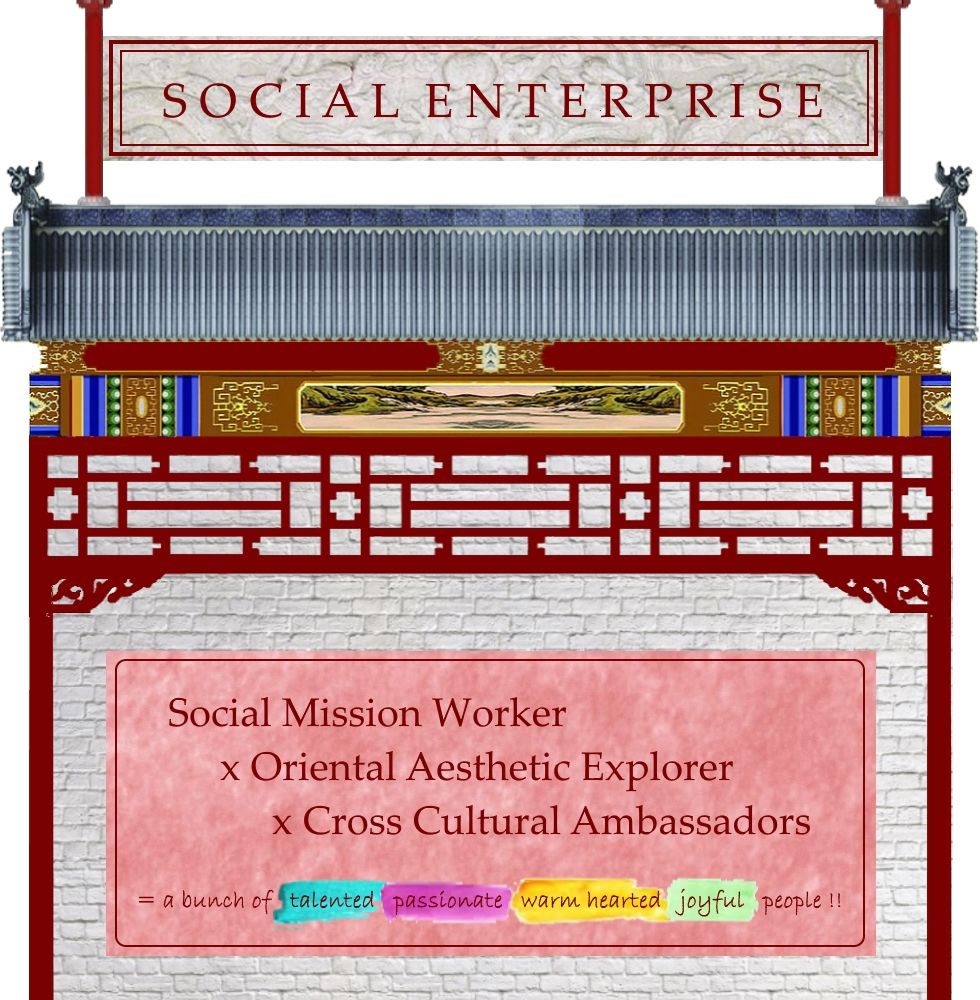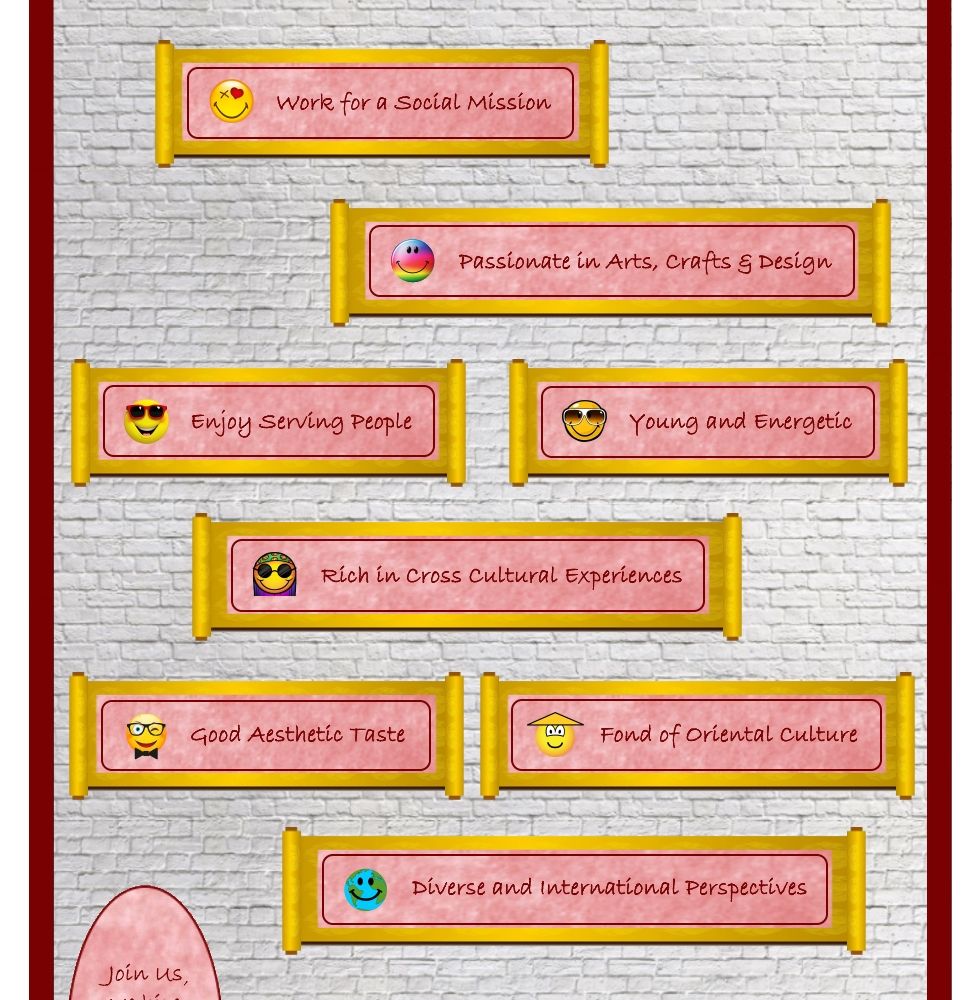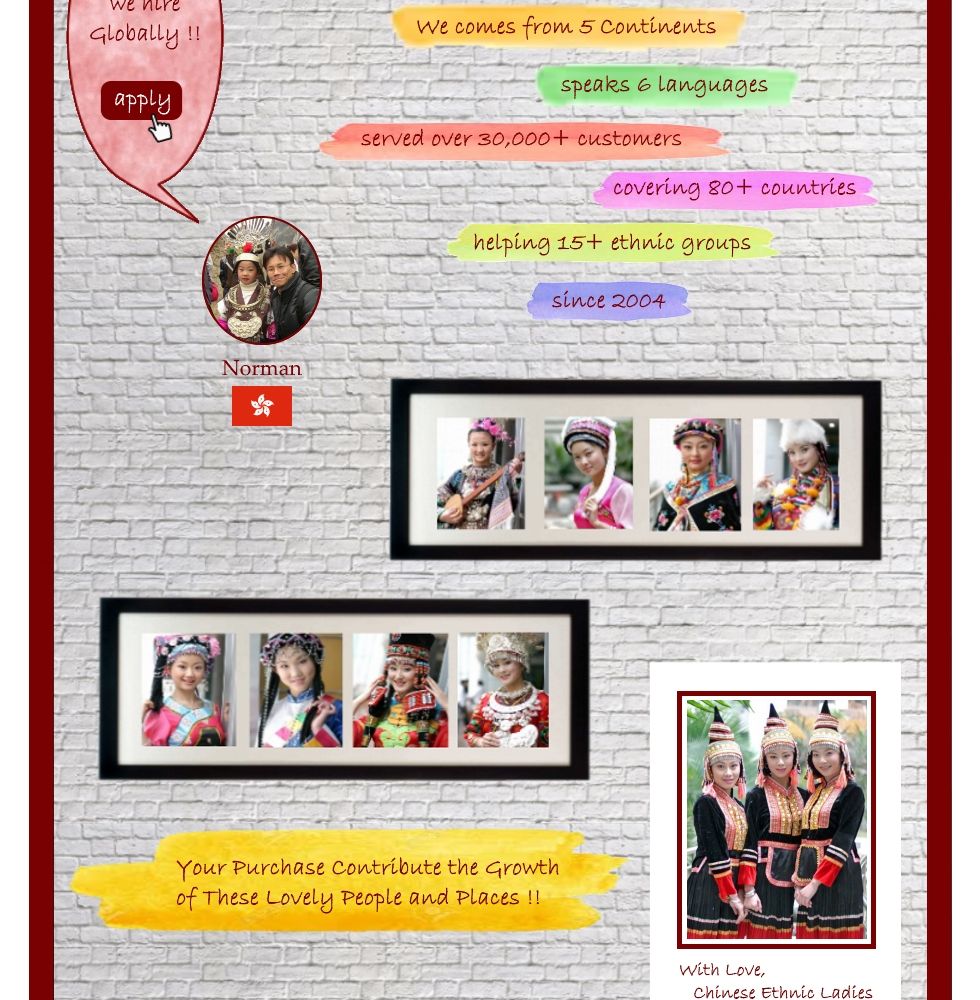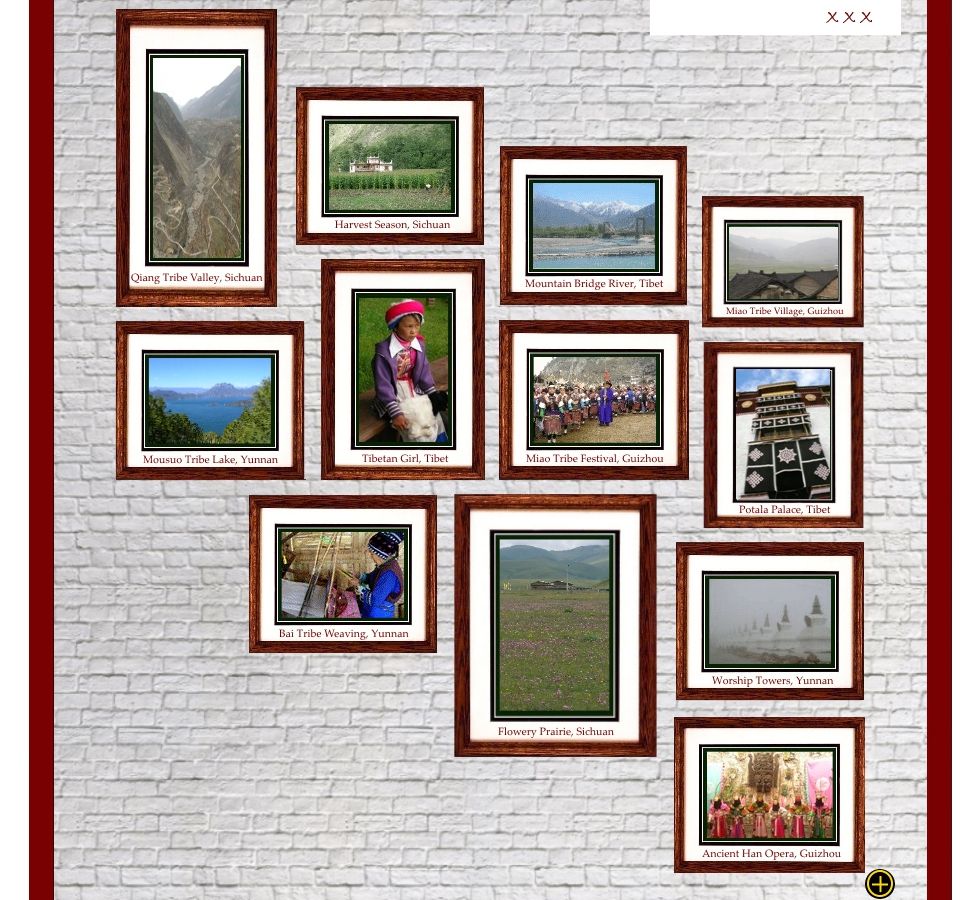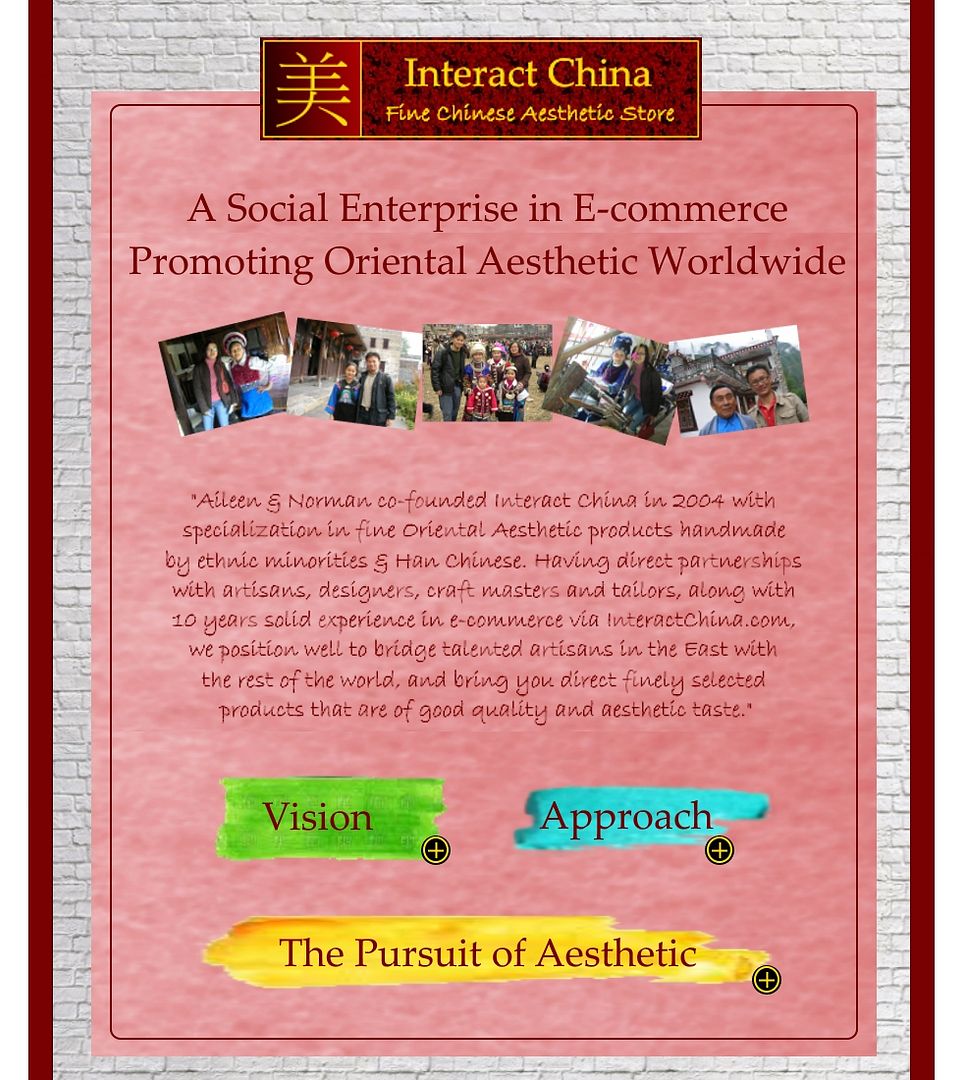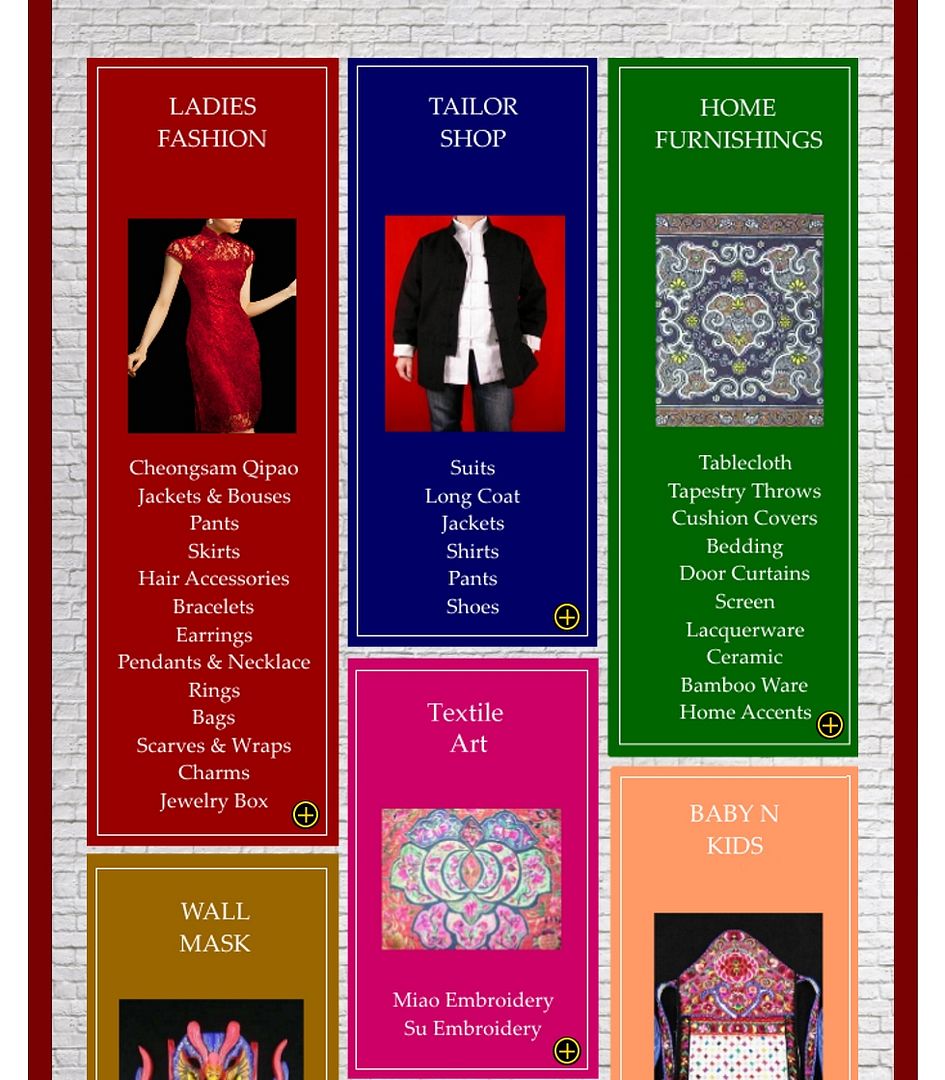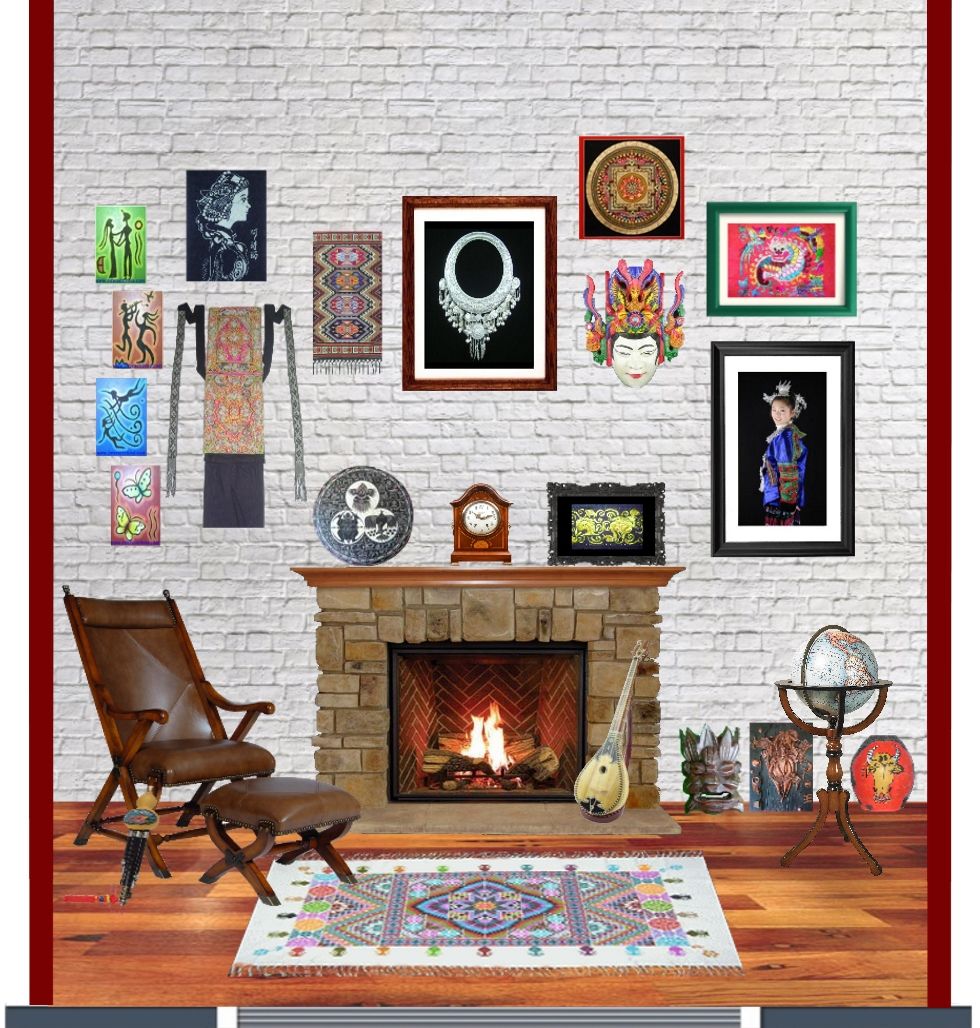Conservation of Tibetan Thangka Painting
8th Jun 2017
Thangkas are intended to convey iconographic information in a pictorial manner.

There is a vast amount of iconographic information provided in thangkas, some of it literally spelled out for you. If you look closely, many thangkas spell identification of figures and scenes in formal and delicately rendered scripts.


Even a subtle change in colour alters the message of an icon. For example, a particular shade of the colour green indicates effective activity, while a white often indicates peacefulness and unassailable compassion. It is significant therefore if the same form of a feminine figure is rendered in green or white.
Anonymity of Thangka Painting
The vast majority of created thangkas, therefore, have taken shape as a scientific arrangement of content, colour and proportion, all of which follow a prescribed set of rules. These rules, however, differ by denomination, geographical region and style.
Only rarely do thangkas express the personal vision or creativity of the painter, and for that reason thangka painters have generally remained anonymous as have the tailors who made their mountings.
There are, however, exceptions to this anonymity. Rarely, eminent teachers will create a thangka to express their own insight and experience. This type of thangka comes from a traditionally trained meditation master and artist who creates a new arrangement of forms to convey his insight so that his students may benefit from it. Other exceptions exist where master painters have signed their work somewhere in the composition.
Factors Causing Damages to Thangka Paintings
Without date and artist’s name on thangka paintings, if a piece of thangka painting is damaged, especially for those ancient ones, even indigenous Tibetan scholars trained in the iconographic details of Buddhist deities generally would not presume to know the iconography associated with every deity, it is unlikely that most conservators could guess the identity and details of unfamiliar figures.

There are several factors which would cause damages to Thangka paintings.
Sometimes water damage (yak-hide glue is susceptible to water damage) washes away several fine layers of pigment on final paint layers or shading layers. This damage exposes either underdrawing or flat colours which the artist never wanted you to see.

Often, a combination of water-damage, greasy butter lamp soot and smoky incense grit permanently alters the original colours. Evidence of this is often seen at the edges where a mounting has protected the original colours.

Damage was particularly likely given the tendency of Tibetans to travel long distances in harsh conditions. Thangkas were important articles of the tent culture of nomadic monastic groups in medieval Tibet. It was not unusual for a group of scholars, yogins and priests to travel by yak to distant regions, set up tents, unroll the thangkas and serve the local people by teaching before moving on to another area.
This was good for the people but intense for the thangkas! Rolling and unrolling was, and still is, unavoidably damaging for thangkas. Rough handling and damp walls damaged both the paintings and their mountings, in medieval Tibet and today as well.
The monks in this monastery value their thangkas. But rolling and unrolling combined with rough handling and poor storage constantly damages their treasured thangkas.
In summary, the conservation treatment of a thangka is a complex process which requires superb skills and rich experience as thangka paintings are such complicated composite objects which are designed to communicate iconographic ideas in a beautiful and practical form.
by Xiao Xiao @ InteractChina.com
About Interact China
-----------------------------------------------------------------------------------------------------------------------------
"A Social Enterprise in E-commerce Promoting Oriental Aesthetic Worldwide"
Aileen & Norman co-founded Interact China in 2004 with specialization in fine Oriental Aesthetic products handmade by ethnic minorities & Han Chinese. Having direct partnerships with artisans, designers, craft masters and tailors, along with 10 years solid experience in e-commerce via InteractChina.com, we position well to bridge talented artisans in the East with the rest of the world, and bring you direct finely selected products that are of good quality and aesthetic taste.
So far we carry 3000+ goods covering Ladies Fashion, Kungfu Clothing, Home Furnishings, Babies & Kids, Painting Arts, Textile Arts, Carving Arts, Tribal Jewelry Art, Wall Masks and Musical Instruments. Our team speak English, French, German, Spanish and Italian, and serve customers worldwide with passion and hearts.
-----------------------------------------------------------------------------------------------------------------------------
P.S. We Need People with Similar Passion to Join Our Blogging Team!
If you have passion to write about Oriental Aesthetic in Fashion, Home Decor, Art & Crafts, Culture, Music, Books, and Charity, please contact us at bloggers@interactchina.com, we would love to hear from you!











